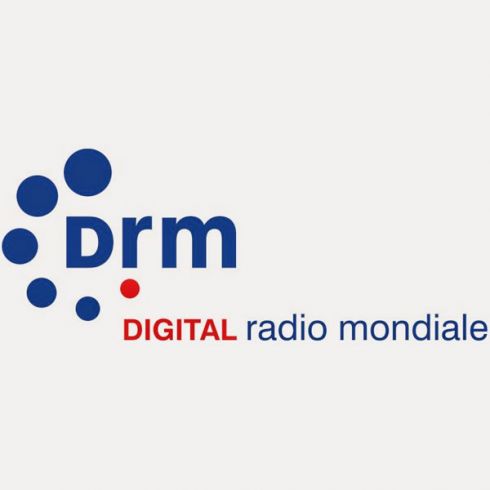
MUMBAI: Under the banner “Digital Radio Mondiale Drives Forward”, the 2019 General Assembly of the DRM Consortium is scheduled to take place on Tuesday 26th and Wednesday 27 March 2019, at the Palma Bellver Bay Meliá Hotel on the Spanish island of Mallorca.
The DRM General Assembly is where the past year is being reviewed in detail and the strategy and working plan for the next year is set. After a short review session, the DRM members and invited guests will have a chance to receive updates from country representatives and specialists from all the corners of the globe about the various activities in key DRM countries like India, China, Indonesia, South Africa, Russia and many more. A full session on the March 27th will be devoted to receivers, as 2018 marked a step change in the development of DRM receiver and receiver solutions.
For Ruxandra Obreja, DRM Chairman, the General Assembly is a moment to take stock and review the excellent progress made by DRM in the Asia-Pacific region, as well as South Africa, other countries in Africa, Middle East and Europe. DRM drives forward with big successes in the automotive industry. “The General Assembly will be a moment to celebrate but also to refine the strategy in making the full DRM standard (whether in the AM or FM bands) recognised and accepted for its great benefits and extra services it can provide for all the needs of a country. We are looking forward to the presentations and debates which should inform our annual plan and ultimate goal of what a powerful, all-band solution DRM is,” he said.
Digital Radio Mondiale (DRM) is the universal, openly standardized digital radio system for all broadcasting frequencies and coverage needs.
DRM on short, medium and long wave up to 30 MHz provides for the efficient coverage in large areas with at least FM quality, while significantly reducing power consumption. DRM in the FM and VHF bands above 30 MHz enables flexible local and regional broadcaster-controlled services, with up to three stereo audio programmes plus multimedia components in half the bandwidth of a single analogue FM signal.